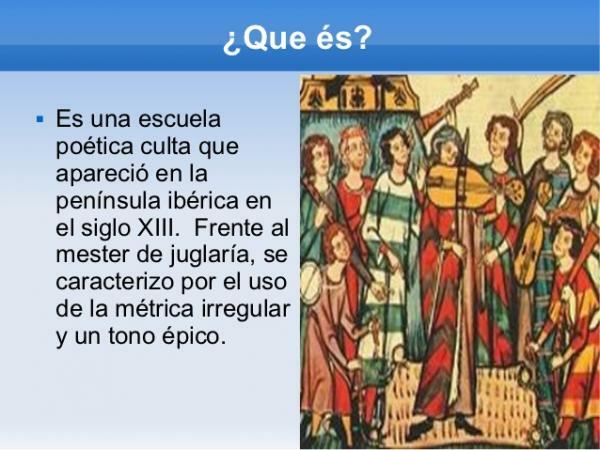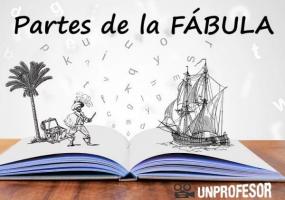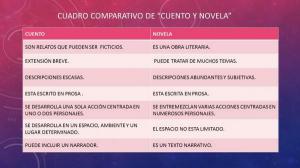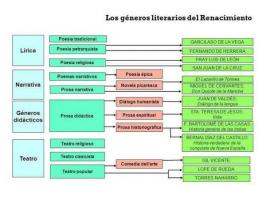Mester de Clerecía: definition and characteristics

Image: Slideshare
In the lesson that we begin here we will know the definition and characteristics of the Mester de Clerecía. Do you know what we are talking about? We will explain it shortly. Throughout the Middle Ages Various cultural movements were produced in Europe that focused on the poetic genre. First the Mester of Juggler, where minstrels went through the villages reciting oral stories for the entertainment of the people.
A century later, during the 13th century, the minstrels, settled in the oral tradition, gradually left their space to the clergymen, who wrote poetry beyond orality, always from a more cultured and literary point of view. Let us see what exactly the Mester de Clerecía consisted of and what were the characteristics that best define this literary movement of great weight in the last years of the Middle Ages.
In front of the minstrels who kept alive the oral tradition of epic and popular poems, they appeared the clergy that, realizing that most of the population did not speak or understand Latin, the basic language in which religious texts and many others were written and translated,
they began to write in Spanish.This Mester begins to gain a lot of strength and presence throughout the 13th and 14th century, so the poems that were written, mainly religious, but also with other themes, begin to develop a function not only of entertainment, but also of indoctrination and education.
It is at that moment that the texts of the Mester de Clerecía seek to educate the people in the faith and teach morality through stories that were read collectively, both to entertain people and to do so in monasteries. The Mester de Clergy replaces the minstrels with the clerics, they write their texts and make better use of the linguistic resources to develop much more elaborate works, compared to the Mester de Juglaría.
In this other lesson from a TEACHER we will discover what the Differences between the Mester de Juglaría and that of Clerecía so that you can better understand each one of them.

We already know the definition and characteristics of the Mester de Clerecía. We have observed that the author is very important in this medieval poetic movement. Would you know any of the most important names of the time?
If there are two really important authors, those are the Gonzalo de Berceo and Juan Ruiz, the Archpriest of Hita.
The first, originally from La Rioja, was educated in the monasteries of San Millán de la Cogolla and Santo Domingo de Silos, very important in the Spanish cultural tradition. His works stand out for religious themes, such as the case of Miracles of Our Lady.
On his side, the Archpriest of Hita lived during the 14th century. Originally from Alcalá de Henares, his literary production stands out for the Good love book, the only one that has survived to this day, and formed by a strange composition of very varied themes, with a clearly moralizing objective. In it, where the cuaderna via predominates, we find a rhythmic narrative, lively, with a certain grace and malice, something curious in the Mester de Clerecía, but with a perfect command of Spanish.



